“Suddenly a train appeared. Women cried out with terror. Men threw themselves to one side to avoid being run over. It was panic.”
This is not a sensational newspaper report of a train accident; this is the reaction to the first ever motion picture screening by the Lumiere Brothers, as described by an astute observer. He goes on to end with “It was panic. And triumph.”
We are standing in front of Hotel Scribe when I hear about this. This was once the Grand Café, where this momentous event – ten films in the course of 20 minutes – took place on December 28, 1895. In a nod to its heritage, Hotel Scribe has a restaurant called Café Lumiere, with a plaque on the wall.
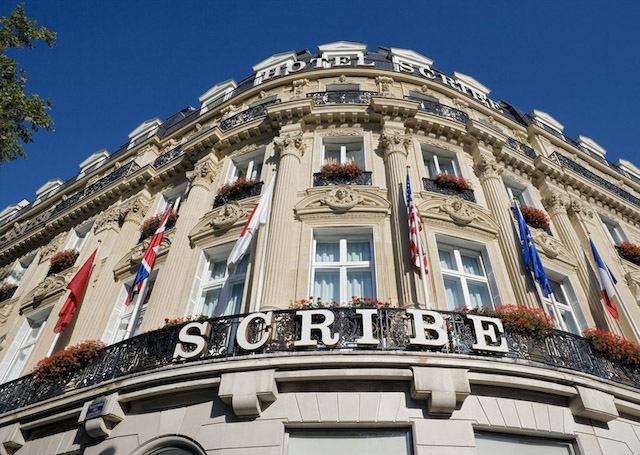
(image courtesy: Hotel Scribe)
Clearly, Paris has a long and enduring relationship with cinema, and on this cinema walk, I hope to explore a small bit of it.
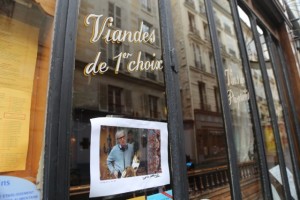 The walk starts with a peek into one of the locations from Woody Allen’s recent ‘Midnight in Paris’ (2011). Allen has set some key scenes in Polidor, a once fashionable bistro and hangout of artists and writers. Walking into Polidor, I get a feeling that I have stepped into the early 1900s – much like the film’s protagonist, who travels back in time to the 1920s, an era when literary greats like Hemingway, Scott Fitzgerald and Gertrude Stein lived in the city. ‘Midnight in Paris’ is Woody Allen’s third movie set in Paris and his love song to the city, possibly his favourite only after New York.
The walk starts with a peek into one of the locations from Woody Allen’s recent ‘Midnight in Paris’ (2011). Allen has set some key scenes in Polidor, a once fashionable bistro and hangout of artists and writers. Walking into Polidor, I get a feeling that I have stepped into the early 1900s – much like the film’s protagonist, who travels back in time to the 1920s, an era when literary greats like Hemingway, Scott Fitzgerald and Gertrude Stein lived in the city. ‘Midnight in Paris’ is Woody Allen’s third movie set in Paris and his love song to the city, possibly his favourite only after New York.
While it is interesting to hear about ‘Midnight in Paris,’ we want to know about the more popular movies set in Paris and so head off to another neighbourhood. Along the way, Juliette points out filmy landmarks like the Pont des Arts (Amelie) and Hotel Regina (The Bourne Identity).
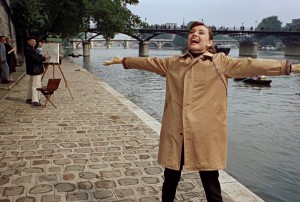 Our destination is Place Vendome, the elegant Parisian square lined by jewellers like Cartier, Boucheron and Van Cleef & Arpels. However, the star in our eyes here is Hotel Ritz which has seen innumerable films, including three starring Audrey Hepburn (no less than six of her films were shot in Paris). Standing here at Place Vendome on a grey, rainy day, we watch Bonjour Paris – a delightful song taking us through the city with Fred Astaire and Audrey Hepburn – from ‘Funny Face’ (1957) on Juliette’s iPad as she struggles with an umbrella that threatens to break free any moment.
Our destination is Place Vendome, the elegant Parisian square lined by jewellers like Cartier, Boucheron and Van Cleef & Arpels. However, the star in our eyes here is Hotel Ritz which has seen innumerable films, including three starring Audrey Hepburn (no less than six of her films were shot in Paris). Standing here at Place Vendome on a grey, rainy day, we watch Bonjour Paris – a delightful song taking us through the city with Fred Astaire and Audrey Hepburn – from ‘Funny Face’ (1957) on Juliette’s iPad as she struggles with an umbrella that threatens to break free any moment.
Why Paris, I ask Juliette, why not any other charming European city like, say, Rome or London? That’s when I learn about the Hays Code American cinema had imposed upon itself in 1930 (lasting till 1968), which stipulated that no film should “lower the moral standards of those who see it.” According to Juliette, American film censorship at that time was strict, but for some reason, far more lenient with movies based outside the USA. She believes that for many Americans at that time, Paris offered a kind of fantasy escape (she calls it a sense of liberation), prompting filmmakers to script their movies around the city of lights.

Juliette should know, given her Master’s degree in cinema history and experience as a production assistant.
Even without the influence of such moral policing, Paris has always been popular among Hollywood filmmakers; since 1900, nearly 800 Hollywood movies have been set here. And can Bollywood be far behind? ‘Sangam’ (1964), famously the first ever Indian movie to be filmed abroad, had a few song sequences set in Paris, followed soon by ‘An Evening in Paris’ (1967), shot almost entirely here. Someone pipes up with a remark on ‘Queen’ (2014), that complete entertainer with its clever shots of the Eiffel Tower as an omnipresent feature of the city.
Juliette is obviously at sea when we talk about Bollywood – why not start that tour, we ask – and we get back to talking about how Paris is strewn with filming locations. Not entirely surprising, given that, on an average, three feature films are shot in the city every day.
There are all the usual suspects like Champs Elysees (The Devil Wears Prada), Arc de Triomphe (Casablanca), Montmartre (An American in Paris, French Kiss, Moulin Rouge), all of them locations for films with strong Paris connections. Then there is the Louvre (The Da Vinci Code), about which I discover an interesting story. It is not easy to get permission for shooting at the Louvre, and for The Da Vinci Code, the then President Jacques Chirac, with a keen eye on economic gains, had to intervene. The museum acquiesced to filming for six nights, with the condition that the set be dismantled every morning.

Much as it is fun visiting these locations, it is even more fun to listen to trivia from Juliette along the way. For instance, ‘Moulin Rouge’ (2001), that quintessential Paris movie, was shot almost entirely in a studio in Australia, with city shots digitally produced. And for ‘The Devil Wears Prada,’ Meryl Streep never travelled to Paris; so much for that glamourous fashion week.
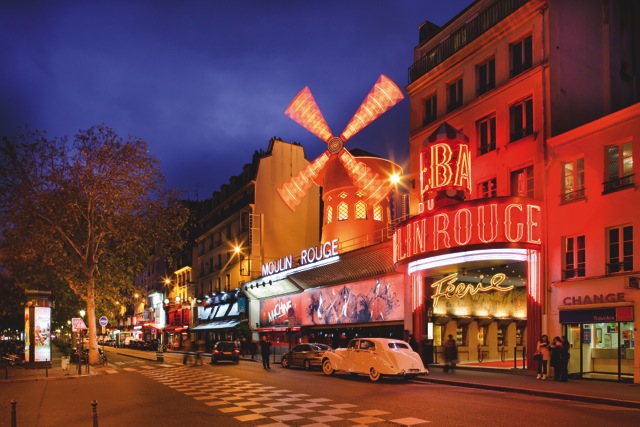

We end the tour, fittingly, at Hotel Scribe, with a brief stop for a moment of revered silence. Later, I read that one of the Lumiere Brothers had remarked, “The cinema is an invention without a future.” If only he knew.
***
A slightly edited version of this was published in the Hindu Business Line on June 19, 2015 – read it online here.
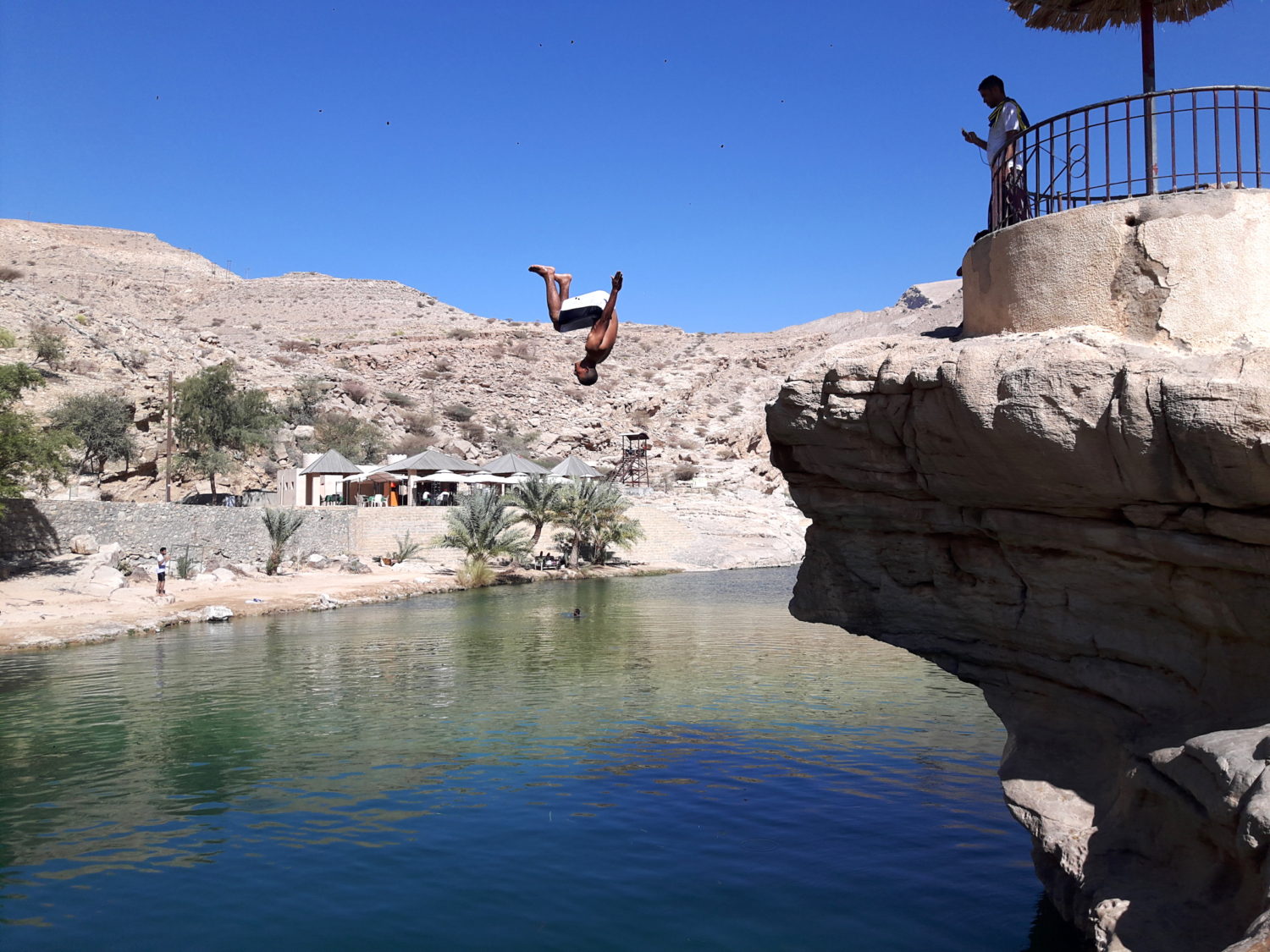

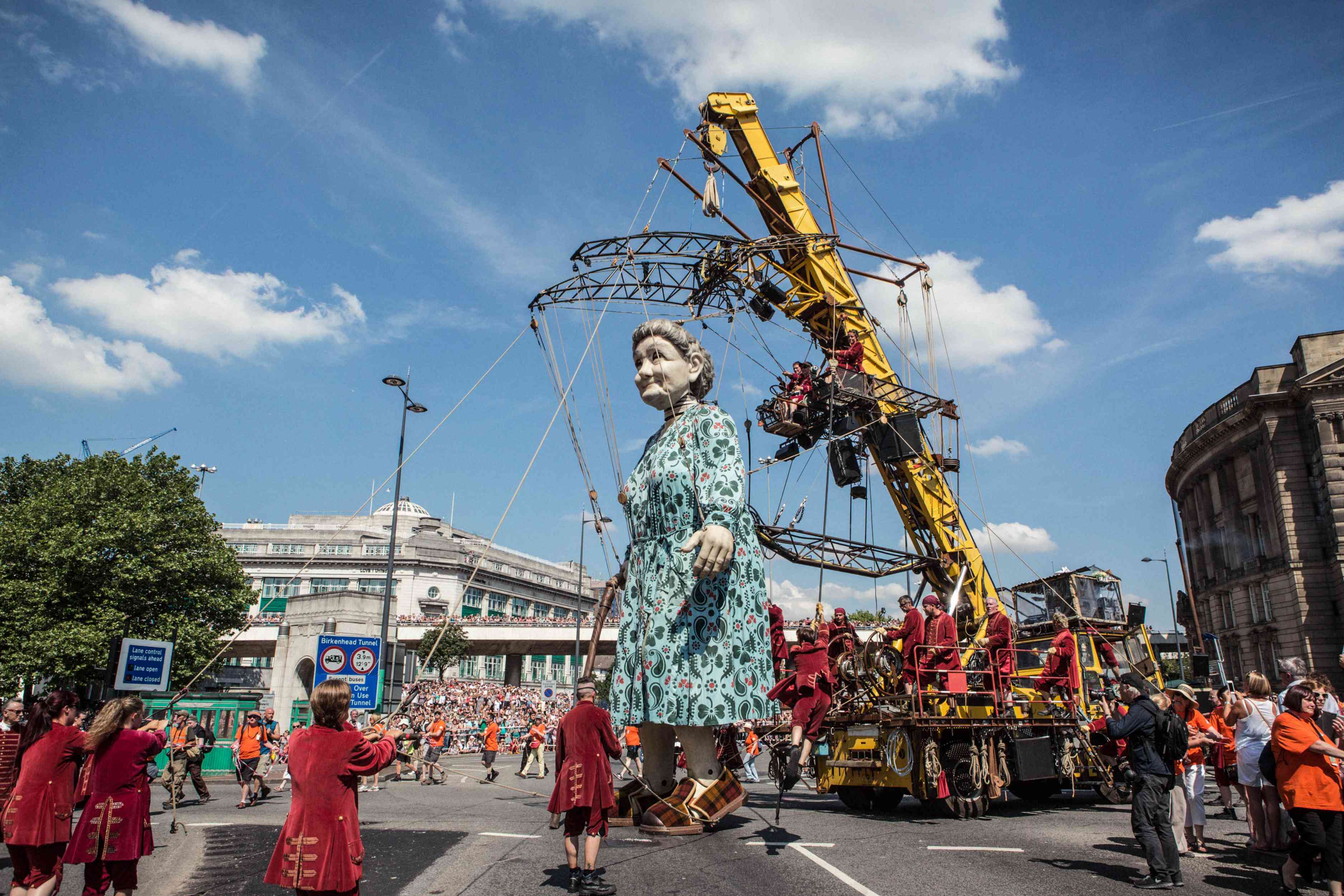


Third and last photo I like a lot. Thanks for sharing.
Louvre looks too gorgeous! I visited Paris only because I wanted to visit Louvre!!! <3